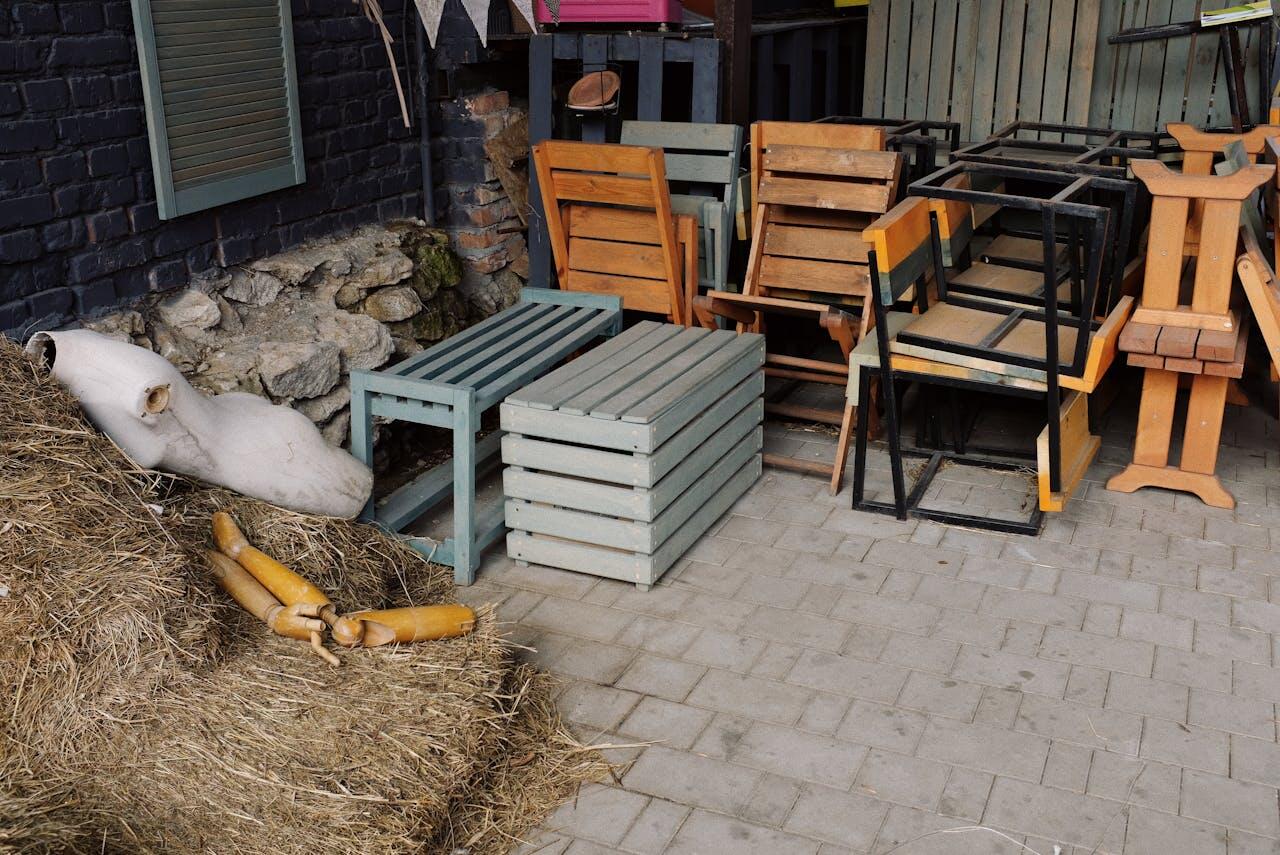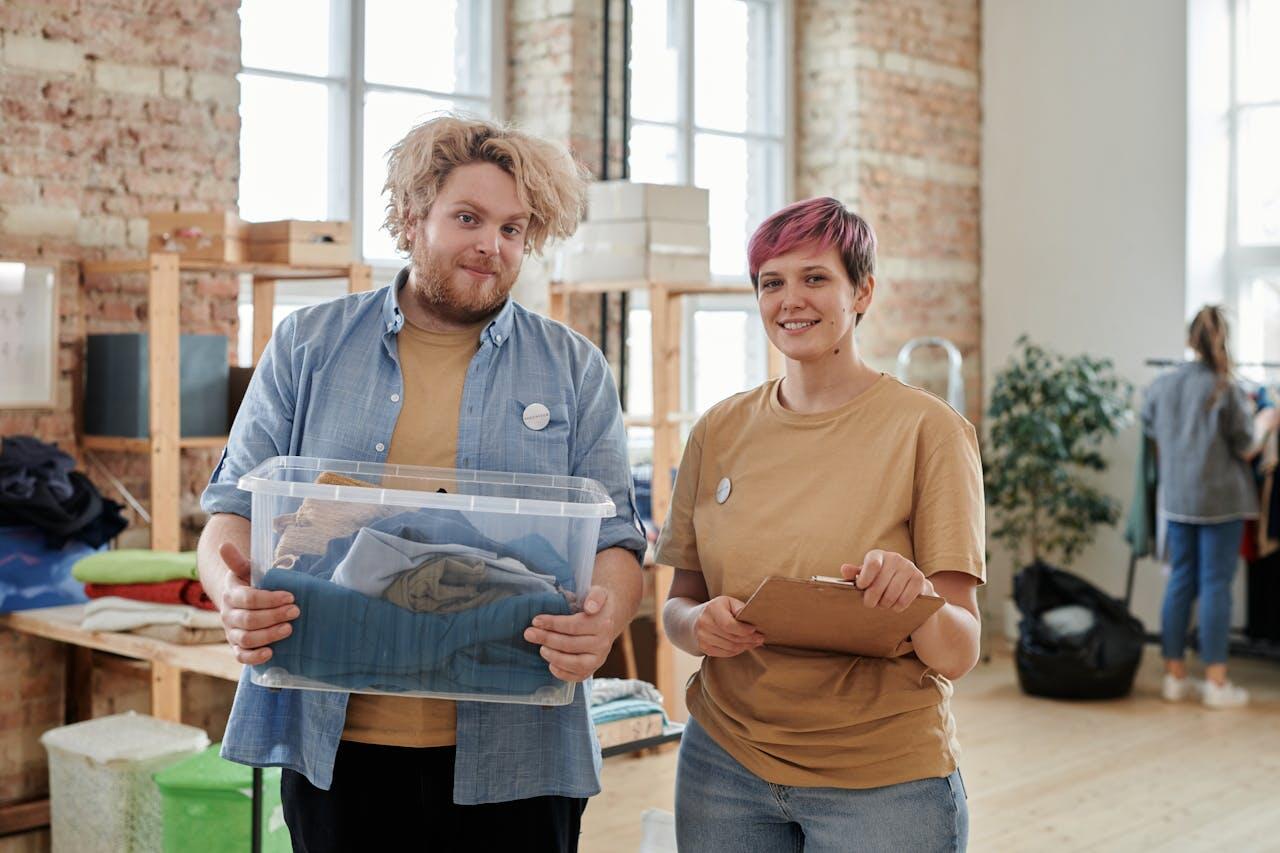The circular economy is a solution framework that offers better growth while addressing the most pressing global challenges.
Ellen McArthur, Founder of Ellen McArthur Foundation
Curious about the circular economy but not quite sure what it’s all about? In this article, we will break down the concept of the circular economy, discuss its role in fostering sustainability and economic resilience, and explore how different stakeholders in Canada collaborate to contribute to it while addressing the challenges of continuous implementation.

🔁 Understanding the Circular Economy
First, let's review what the circular economy means in terms of its core principles in today's society.
🧩 Definition and Principles
The circular economy acts as a guideline to help us make the best of our everyday resources for the best economic and environmental benefits through the following principles:
Resource efficiency
- Designing and manufacturing products with durability and reusability in mind
- Using the right materials and methods
Waste reduction
- Advocate for mindful consumption through recycling, reusing, and refurbishing
- No single-use or one-off disposal
Continuous use of materials
- Ensure different products and materials circulate back to the economy or environment
- Through technical circulation (recycling) or biological circulation (natural composting)
In short, the circular economy is all about giving products the best possible lifecycle — it’s designed to be regenerative and to support both the economy and the environment, whether we’re talking about making, using, or recycling them.

💡 Benefits of a Circular Economy
Now, let's dive deep into the environmental and economic benefits of having a circular economy — its long-lasting impacts and significance.
Environmental benefits
Less landfill waste and carbon emissions
Extends the lifespan of raw materials through continuous recycling cycles
Less need for mining and logging for metals or wood, preserves the ecosystem
Economic benefits
Diverse jobs across green technology, recycling facilities, as well as repair services
Launching of sustainable fashionwear, biodegradable packaging, furniture and even buildings
Efficient resource management leads to a reduction in manufacturing costs
🌟 Circular vs Linear Economy
Without the introduction and implementation of the circular economy in Canada, the country would likely still rely on a linear economy model, where raw materials are manufactured, consumed, and then disposed of after a single use.
Let's review the key differences between circular and linear economy:
| Aspect | Linear Economy | Circular Economy |
|---|---|---|
| Resource Management Steps | Take → Make → Dispose | Make → Use → Reuse/Recycle → Remake |
| Resource Use | Extractive and finite materials | Regenerative and renewable materials and manufacturing methods |
| Waste Production | High (landfills, incineration) | Minimized (recycling, upcycling, closed loops) |
| Economic Focus | Short-term consumption | Long-term sustainability |
| Business Models | One-time product sales | Product-as-a-service, leasing, repair models |
| Environmental Impact | High carbon emissions, depletion of natural resources | Lower carbon emissions, optimal ecosystem preservation |
🎯 Canada's Commitment to the Circular Economy
Asa country, Canada has been consistent in the implementation and integration of circular economy principles at the national, provincial, and municipal levels. Some key government initiatives include:
- Launching Canada-wide Strategy on Zero Plastic Waste and Action Plan in 2018
- Greening Government Strategy
- Conducting Extended Producer Responsibility (EPR) programs and product stewardship programs
- Our Food Future ( To support Canada's first circular food economy, address food loss and waste)
- Guidance on municipal solid waste maangement
To ensure the feasibility and sucess of the circular economy, we have to identify and understand the roles of the key stakeholders.
🤝 Circular Economy Companies - Who’s Contributing?
For this part, let's look at some big names of these key industries and how they are contributing to the circular economy in Canada.
🛡️ Construction Industry
What contruction companies or factories do here is incorporating recycled building materials such as concrete, wood and steel in their projects nationwide. Here, they are already extending the lifespan of the raw materials by reusing them.

For example, recycled concrete are used as aggregate in road construction, and wood can be repurposed creatively for furnitures or even flooring for a new aesthetic. Of course, this comes with an efficient on-site sorting system to ensure the right materials are sorted before the excess and unusable materials and sent to the landfills.
Another aspect that the construction industry can contribute to is through sustainable building designs. Circular principles can be included during the design stage of a building, such as prefabrication and modular construction.
Successful case study: Canadian construction company Ellis Don is known to incorporate circuit plastics recycling and reduce waste for their construction projects, as well as reduce on-site carbon emissions.
Prefabrication means making parts of the building at a factory before bringing and building them directly on a construction site.
Modular construction means building sections (or modules) from scratch off-site and only assembling them on the specified location.
It helps to save time and reduce waste because all the building blocks are already made more precisely at the factory.
It is also more convenient to reuse and move the sections in an easy manner, should they decide to take apart the building.
🛡️ Manufacturing and Mining
Similarly to the construction industry, the manufacturing industry also makes use of the practice of recycling and repurposing by maximizing its available raw materials so that nothing goes to waste. For instance, the automotive industry reuses materials like metals and plastics from vehicles and old electronic devices to reduce the dependency on imported raw materials.
In terms of mining, more new technological innovations are incorporated, such as water recycling systems to prevent water wastage and biomining, which uses microorganisms to extract metals from ores — which can help reduce the excess waste generated through traditional mining.
🛡️ Consumer Goods and Retail
Now, let's see how retailers and consumer goods companies come into this picture. The three main areas that they contributeto are in terms of sustainable product design, sustainable packaging, and the minimization of product disposal through take-back initiatives.
For example, Best Buy Canada is known for its comprehensive battery and electronic recycling program for their stores across the country, making sure that consumers' devices are recycled properly. On the other hand, clothing retailer like Patagonia also accept all of their previously sold products for recycling via drop off or mail at their Service Center or retail stores.

⚠️ Challenges and Opportunities
Finally, let's talk about the challenges and the promising opportunities that may arise while we continue to implement the circular economy in Canada.
🛑 Barriers to Implementation
Even though there are clear economic and environmental benefits of the circular economy, there are several challenges that Canada faces in terms of large-scale, nationwide, complete implementation.
The most obvious barrier is the lack of standardization in terms of recycling practices, circular economy practices and Extended Producer Responsibility (EPR) programs across the provinces. This would also lead to infrastructure gaps in terms of recycling facilities and technology innovation investments across different countries, and also among rural communities.
Every province rolls out their respective EPR policies at a different timeline. For example, while British Columbia was the first province to adopt a packaging and paper EPR program back in 2014, EPR regulations were only enacted in Nova Scotia in 2023.
The second barrier is the gap between market readiness and consumer behavior. The concept of the circular economic model is still not imprinted in the minds of consumers. Additionally, sustainable products often cost more than linear, single-use products, causing certain retailers to be hesitant to venture into the sustainability market in fear of losing customers.
The third barrier is none other than financial and investment costs. Circular economy requires a high upfront cost, where there is a need for a substantial initial funding with delayed payoffs. Most of the investments are generated via the federal and provincial governments.
The Government of Alberta, through Emissions Reduction Alberta (ERA)
✅ Future Opportunities
The good news is that circular economy projects also come with new, hopeful opportunities. Economically, the most direct opportunity is new job creation and skills development.
With more comprehensive recycling and EPR programs, there is a need to build more advanced recycling facilities — this means more manpower.
That way, both public and private sectors will be willing to invest in manpower training in areas of recycling, repairing, and repurposing so that new jobs can be filled.
Some examples of new jobs that can arise from the circular economy include:
- AI Waste-Sorting Operator
- Battery Recycling Technician
- Electronics Repair Specialist
- Circular Architect

The second most important opportunity is the growth of green technology innovation, where both the environment and the economy sectors can create a strong synergy. More recycling technologies will be introduced and implemented for different recycling materials, whether it's plastic, electronic waste or batteries. Of course, green technology could also be translated into creating more biodegradable materials to reduce dependency on non-renewable raw materials, which could reduce carbon gas emissions in the long run.
The final opportunity is the growth of the producer and consumer-focused industries — specifically the construction and retail side. It will transform how everyone uses and manages their resources, which will reduce lot of wastage of materials and products. For instance, renting instead of buying products like clothing will save lots of money and also textile materials. This will also drive the fashion industry to base its designs on three things in mind: form, functionality, and sustainability.
We hope you have found this article insightful and educational in terms all the recycling narrative in Canada today. The circular economy is here to stay, and with the right knowledge and application, we can certainly reap the benefits of its implementation.
Interested to learn more about this topic? Feel free to connect with an experienced Superprof tutor to expand your understanding of the significance of the circular economy. Most Superprof tutors offer their first lesson for free, so be sure to grab this opportunity! Book your one-to-one tutoring with your desired tutor today!















